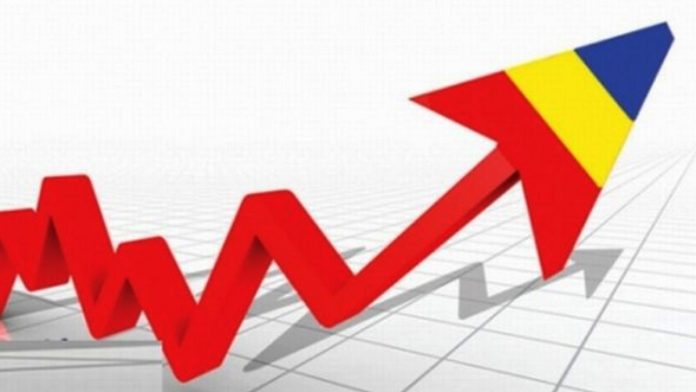The financial assets of the public administration institutional sector increased in the last quarter of 2023 by 2.8 percentage points, compared to the similar period in 2022, reaching 27.1% of GDP, according to data published by the National Bank of Romania.
According to BNR, the upward trend was determined by the significant increase in the stock of available cash and deposits (+39.8%), reaching a level of 6.5% of GDP, against the background of the collection of the second tranche for the Fund of Modernization (in the amount of 1.025 billion euros) and the amounts resulting from the issues of debt securities of the Ministry of Finance.
The stock of participations and shares/units of investment funds increased by 1.1 percentage points, up to the level of 10.6% of GDP.
Credits granted by public administrations reached a level of 2.2% of GDP (down by 0.1 percentage points compared to the fourth quarter of 2022), on the basis of repayments made by non-financial companies. Financial receivables from the category of other receivable accounts (taxes, fees, social contributions, commercial receivables, amounts owed by economic agents to public authorities and external receivables) increased by 0.7 percentage points, up to 7.6% of GDP.
The financial commitments of public administrations, expressed as a share of GDP, increased by 6.6 percentage points, reaching 58.5% at the end of the last quarter of 2023. This evolution was mainly determined by the increase in the stock of debt securities (+5.2 percentage points in the analyzed period, up to 38.3% of GDP), as a result of the bond issues launched by the Ministry of Finance on the domestic market and the reopening of external bonds, in order to finance the budget deficit and refinance the government debt.
The committed government loans registered an increase of 12% in nominal value, compared to the Q4 of 2022, due to the issuance of non-negotiable government securities intended for the population under the Tezaur programme, but in relative terms they decreased by 0.2 percentage points, up to the level of 8.1% of GDP. A similar trend was recorded in the stock of other payable accounts, which reached a level of 10.7% of GDP, increasing by 1.4 percentage points compared to the Q4 2022, driven by the registration of amounts owed to non-financial companies, in the context of the measures undertaken by the state to reduce the impact resulting from the increase in energy prices and non-reimbursable external funds.
According to BNR, the public administration sector registered a net financing requirement of approximately 2.4% of GDP in both analyzed quarters. The central administration recorded a net financing requirement of 2.2% of GDP in Q4 2023 (compared to 1.9% of GDP in Q4 2022). Local administrations recorded a net financing requirement of 0.4% of GDP in the fourth quarter of 2023, compared to 0.2% of GDP in the fourth quarter of 2022, and the social security administrations presented a net financing capacity of 0.2 % of GDP, compared to a net financing requirement of 0.2% of GDP in the similar period of 2022.
AGERPRES




